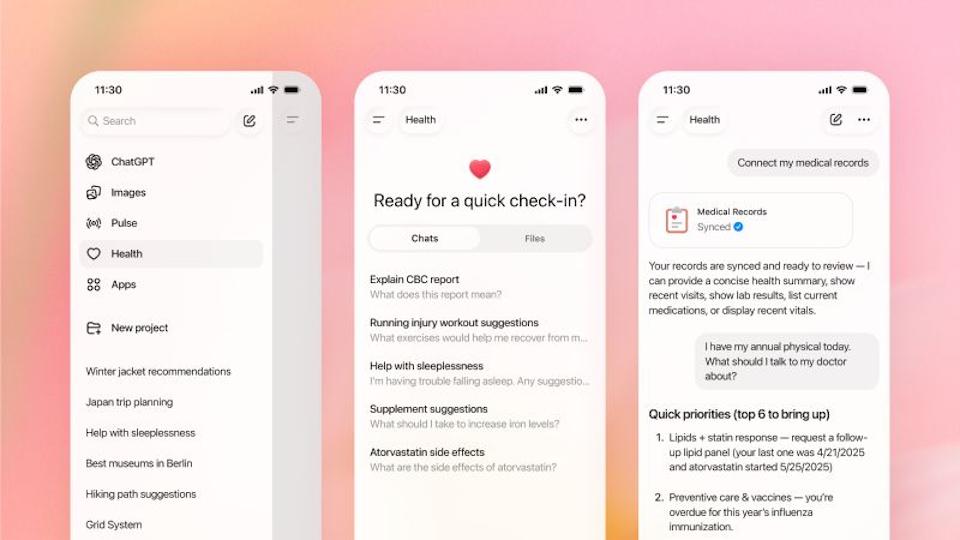Making patient involvement meaningful

True public and patient involvement in research needs to be more than just a box ticking exercise – it needs to be meaningful.
How do we move patient engagement from case studies to metrics, does meaningful mean measurable, and what does it matter anyway?
These were among the questions tackled by researchers, patients, charities and industry professionals asked if engagement mattered during a panel discussion at the Pioneering Partnerships conference.
“Of course, the answer is yes,” said Natalie Ratcliff, research involvement manager at Parkinson’s UK, “but while there are pockets of really good work going on, there are still people who are not sure of the role of patient and public involvement (PPI) and participation.”
The panel universally agreed that the importance of PPI was undisputed, but that more needed to be done to spread the word and weave it into internal processes.
Berkeley Phillips, Pfizer’s UK medical director, said: “It’s absolutely fundamental for patients not just to participate in the actual study but to shape the design of the study, to make sure that we're researching in the right areas and looking at the right endpoints,” he said.
“It’s also about making sure that the study is manageable for patients. If we do that, they will want to be in the study and they'll stay in the study, and they’ll have a better experience throughout the study, which is incredibly important.”
Other industries wouldn’t dream of developing products without consulting their customers, he added.
“Apple would never research the next iPhone without actually talking to the people who are going to be using it. So why should we be any different?,” he asked the event, which was hosted by the Association of the British Pharmaceutical Industry (ABPI), the National Institute for Health Research (NIHR) and the Association of Medical Research Charities (AMRC).
Implementation roadblock
While the importance of PPI in research is largely accepted, the stumbling block is moving it to the next level, said Sheuli Porkess, executive director of research, medical and innovation at the ABPI.
“We know there are case studies where it has really made a difference,” she said. “But how do we describe that difference? How do you move from case studies to metrics? And if you start using hard numbers, how do you make sure they are meaningful?”.
The ABPI is working with the European Federation of Pharmaceutical Industries and Associations on PARADIGM (Patients Active in Research and Dialogues for an Improved Generation of Medicines), which is looking into these questions, she said.
Simon Denegri, national director for patients, carers and the public in research at the NIHR said metrics were needed: but as a means of improvement not a proof of concept.
“It would be great if we could just agree that it's the right thing to do to involve patients and carers, because in this day and age, it’s simply not ethical if we don’t,” he said.
“However, I do think it's good to evaluate and learn. It might be how to do a study better, or how to reach out into more diverse communities. But the key thing is we need to learn from it all the time.”
Change, he said, will come from a combination of metrics and strong case studies that show how involvement has made a difference.
Changing minds, changing processes
We also need to recognise and allow for the challenges pharma face when seeking to involve patients, such as the tight timelines teams are given to deliver studies, said Berkeley.
Commitment from the top of the organisation and proving the value of PPI was key to it becoming a fundamental part of internal processes, he added.
“At Pfizer, we've got real tangible examples of how patient input has changed the endpoints that we're looking at or has changed the logistics of the study,” he said.
“When the organisation sees that it really makes a difference, they want to keep doing it and keep doing it — and it has now become mandatory.”
Each study going forward for assessment now must confirm that the team has spoken to patients, outline their feedback and explain how it was incorporated.
“It’s not a tick box exercise,” said Berkeley.
Investing in the future
Global health and social medicine student, Mohini Samani, a former cancer patient and lives with two long-term conditions, also spoke during the session.
Mohini, who has also worked with a regional NIHR Young Person’s Steering Group, summed up the importance of PPI, especially for children and young people, perfectly.
“The assumption quite often is that we are not in a position to be involved in our research, but it’s quite the opposite.
“You can't be making decisions about us without actually asking us what we need and what we want. We have a vested interest in research. It is our future.”












